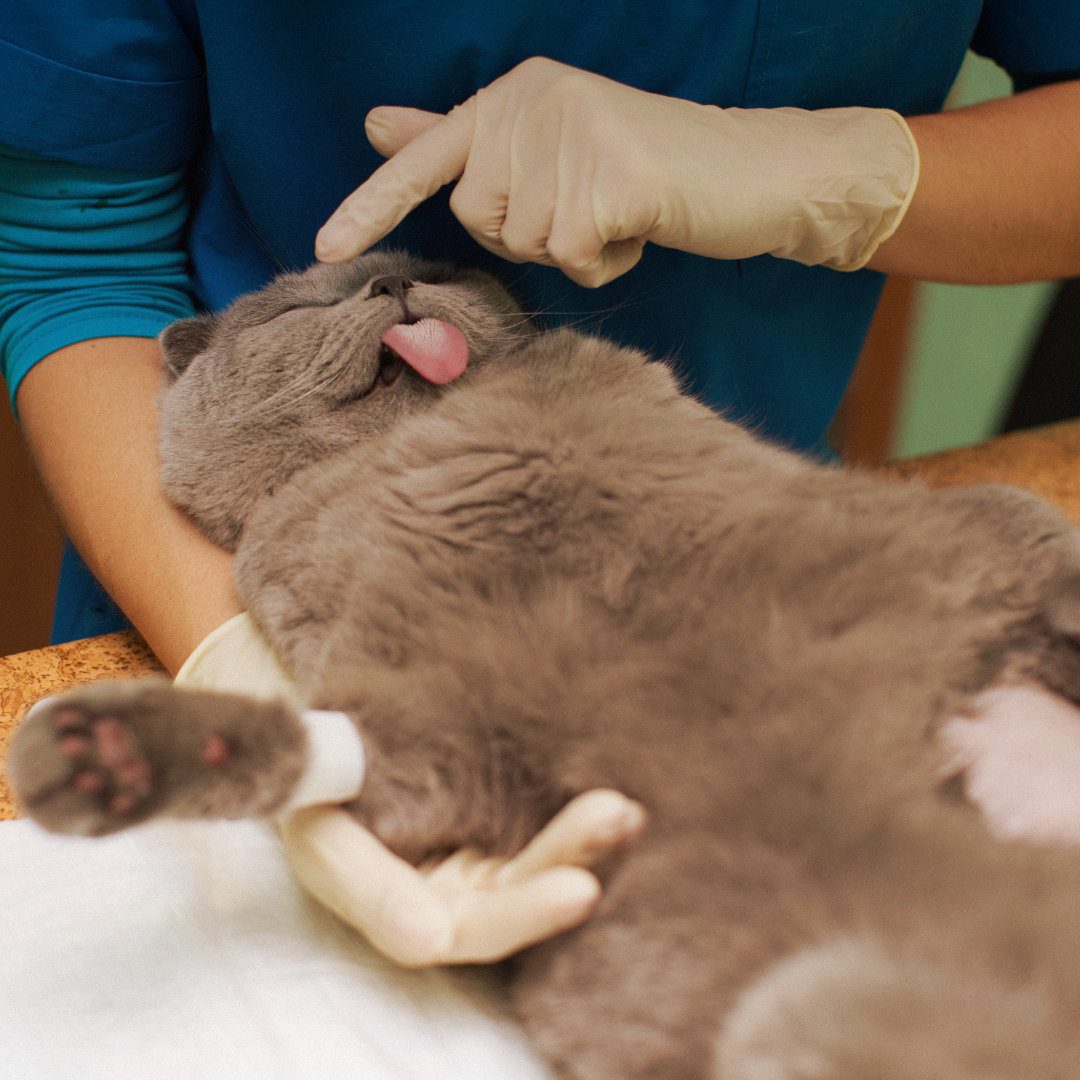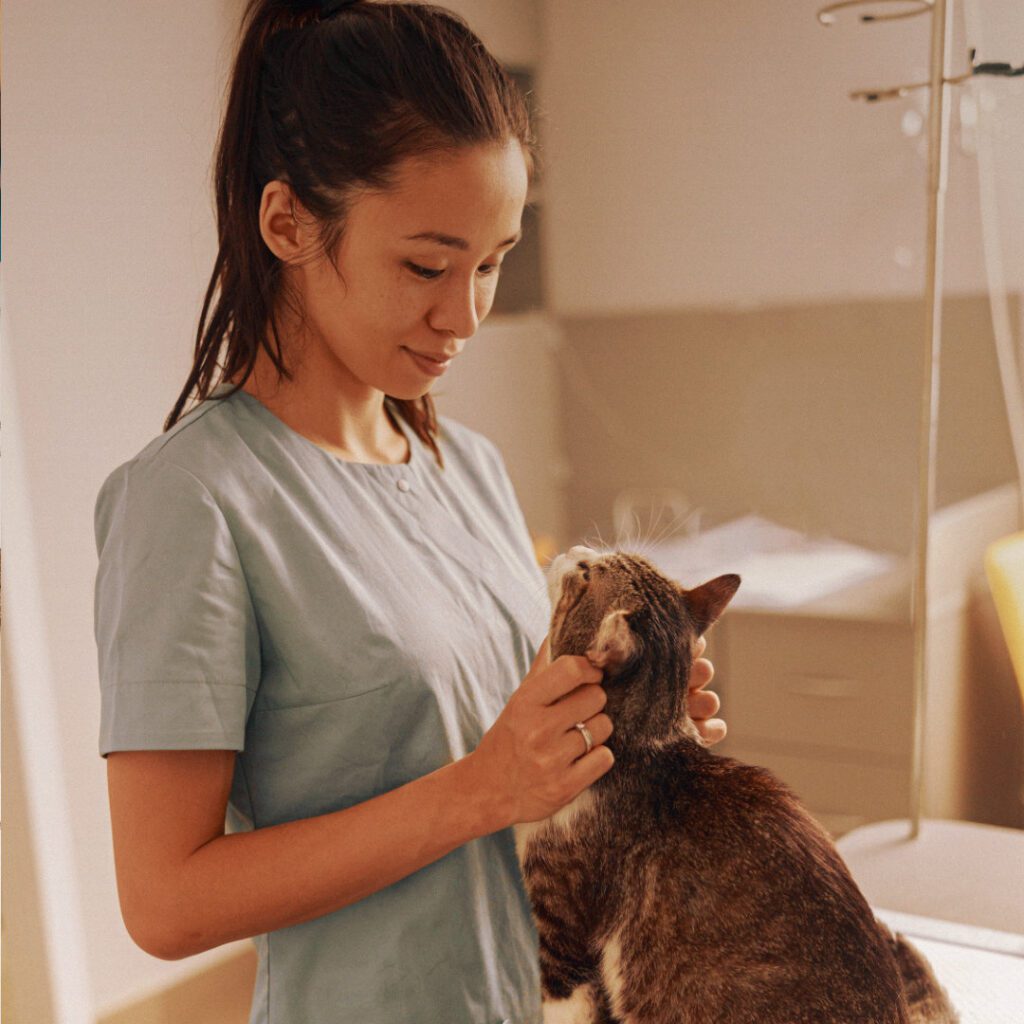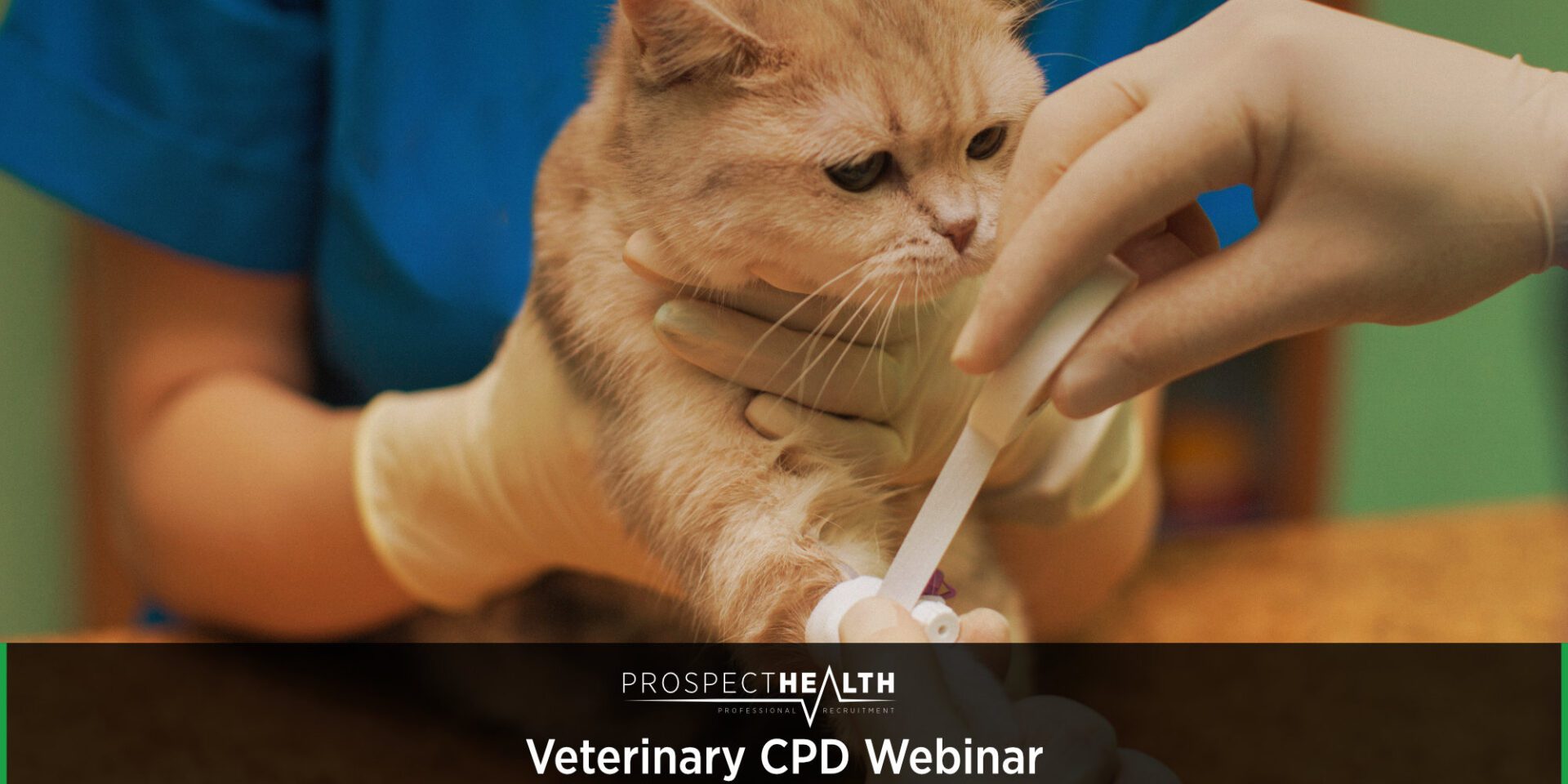November 12, 2025 | Vet Student | Veterinary
Veterinary CPD webinar
Understanding Antimicrobial Medications: Key Takeaways for Veterinary Students
Based on a webinar by Dr. Sarah Peters, DVM – Small Animal Veterinarian, Las Vegas, NV
Antimicrobial use is one of the most important and often misunderstood topics in small animal medicine.
In a recent webinar presented by Dr. Sarah Peters, a Las Vegas-based small animal veterinarian, attendees were guided through the fundamentals of antibacterial and antifungal medications, including practical applications, NAVLE® exam tips, and real-world prescribing considerations.
If you missed the live session, you can register below to access the full recording and watch at your convenience.

Access our pre-recorded Veterinary Webinars
Understanding the Basics
Dr. Peters began the session by breaking down some of the core principles that underpin antimicrobial use in veterinary medicine:
- MIC (Minimum Inhibitory Concentration): The lowest concentration of a drug that inhibits bacterial growth in vitro. While not directly predictive of in vivo effectiveness, it provides a valuable benchmark for drug choice.
- Pharmacokinetics vs. Pharmacodynamics:
- Pharmacokinetics describes what the body does to the drug (absorption, distribution, metabolism, excretion).
- Pharmacodynamics describes what the drug does to the body—and the pathogen.
- Aerobes vs. Anaerobes: Aerobes thrive in oxygen-rich environments, while anaerobes prefer the absence of oxygen.
- Time-Dependent vs. Concentration-Dependent Antibiotics:
- Time-dependent drugs rely on how long they stay above the MIC.
- Concentration-dependent drugs rely on achieving high peak concentrations for efficacy.
Beta-Lactams: The Foundation of Antibiotic Therapy
Dr. Peters reviewed one of the largest and most commonly used antibiotic classes in veterinary practice—beta-lactams, which include:
- Penicillins (e.g., amoxicillin, ampicillin, clavulanic acid combinations)
- Cephalosporins (e.g., cephalexin, cefazolin, cefpodoxime, cefovecin/Convenia)
- Carbapenems (reserved for highly resistant infections)
These drugs are bactericidal and time-dependent, making duration of exposure key to success. However, they are ineffective against organisms without a cell wall (like Mycoplasma).
Dr. Peters highlighted the importance of barrier penetration when selecting a drug—for example, only certain antibiotics reach therapeutic levels in the prostate, eye, or CNS.
Beyond Beta-Lactams: Key Antibiotic Classes to Know
Dr. Peters guided attendees through several other essential antibiotic groups:
Aminoglycosides
- Examples: Gentamicin, Amikacin, Neomycin
- Bactericidal, concentration-dependent, often used topically or via injection.
- Caution: Risk of nephrotoxicity—avoid in patients with renal compromise.
Fluoroquinolones
- Examples: Enrofloxacin (Baytril), Marbofloxacin, Pradofloxacin
- Excellent tissue penetration (including CNS and prostate).
- Avoid in young animals due to potential cartilage damage, and in cats, Enrofloxacin can cause retinal degeneration.
Sulfonamides (TMS)
- Known for excellent tissue penetration and broad activity.
- NAVLE Tip: Can cause permanent KCS (dry eye).
Tetracyclines
- Doxycycline is a mainstay for tick-borne and respiratory diseases.
- Adverse effects: GI upset, enamel discoloration in young animals, and risk of esophageal strictures in cats if not followed by water.
Macrolides & Lincosamides
- Azithromycin, Tylosin, Clindamycin are useful for respiratory infections, Bartonella, and anaerobic abscesses.
- Clindamycin (Antirobe) is particularly valuable for deep oral infections and abscesses.
Antifungals: Navigating Systemic and Topical Options
Dr. Peters also covered common systemic fungal diseases—including blastomycosis, histoplasmosis, cryptococcosis, coccidioidomycosis, and aspergillosis—and the major antifungal drug classes used to treat them:
- Polyenes (Amphotericin B): Highly effective but nephrotoxic; reserved for severe systemic infections.
- Azoles (Ketoconazole, Fluconazole, Itraconazole, Miconazole): Widely used; inhibit ergosterol synthesis.
- Fluconazole penetrates the CNS and is ideal for fungal meningitis.
- Ketoconazole can cause endocrine and hepatic side effects.
- Terbinafine (Lamisil): Excellent for dermatophyte infections, often used topically or as a cost-effective oral option.
- Clotrimazole: Used topically for nasal aspergillosis—effective but expensive and must be administered carefully.
Practical Takeaways for Clinical and Exam Success
Dr. Peters closed the webinar with advice for both clinical decision-making and NAVLE® preparation:
- Always consider site penetration and patient immune status when selecting an antimicrobial.
- Use tools like Plumb’s Veterinary Drug Handbook or VIN for dosing, side effects, and interactions.
- Antibiotic stewardship matters—reserve “big gun” antibiotics for resistant infections.
- Expect NAVLE® questions about mechanism of action, adverse effects, and drug class patterns (e.g., “-floxacin” for fluoroquinolones).
Watch the Full Webinar
This blog offers just a snapshot of Dr. Sarah Peters’ detailed session on antimicrobial use.
If you’re looking to move roles after graduation or if you’re looking for a role once you graduate our team can help
You can call us on 01423 813453 or email us at [email protected]
View all our Veterinary Jobs

Next Up: Veterinary CPD webinar
Feline Cardiology Basics: Key Clinical Takeaways for Veterinary Students
Cardiology in cats can be challenging, they’re subtle patients, often showing vague or inconsistent signs of disease.
In this webinar, Dr. Catherine Georges, a newly boarded cardiologist, shared essential concepts and clinical insights on feline cardiology to help students understand how to approach cardiac disease in cats.

Talk to a specialist
Chris Ellerker
Divisional Director – Dentistry and Locum Vet Divisions
I have over 12 years of recruitment experience, working my way up from Candidate Resourcer, Recruitment Consultant, Business Manager, to Divisional Director. I manage/run our Dentistry and Locum Vet teams here at Prospect Health. I thoroughly enjoy finding candidates a rewarding position that meets their expectations and supporting them through the process of registration/compliance (the fun bit), as well as throughout their placement/booking…
November 12, 2025 | Vet Student | Veterinary


